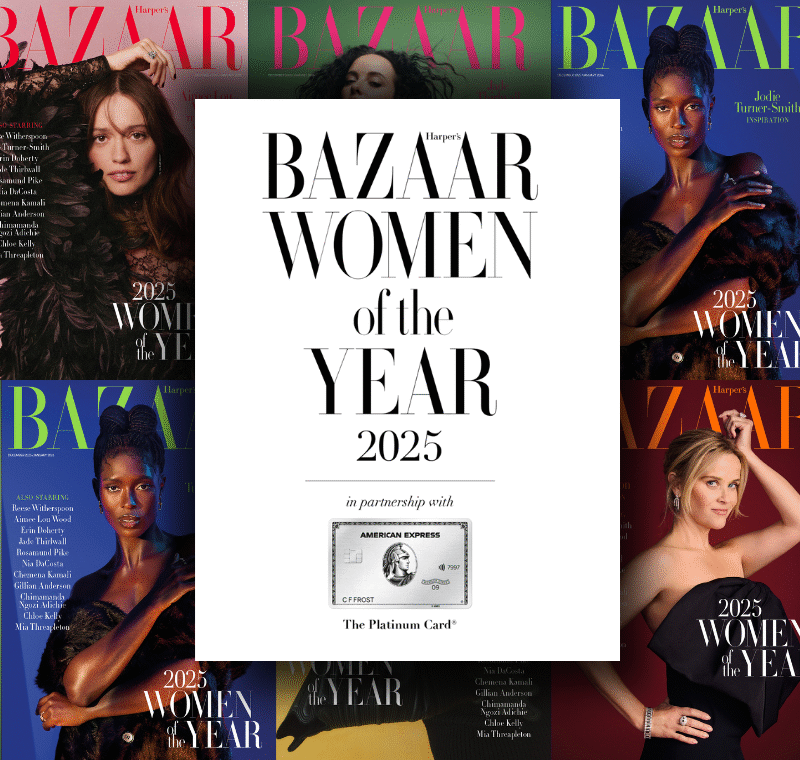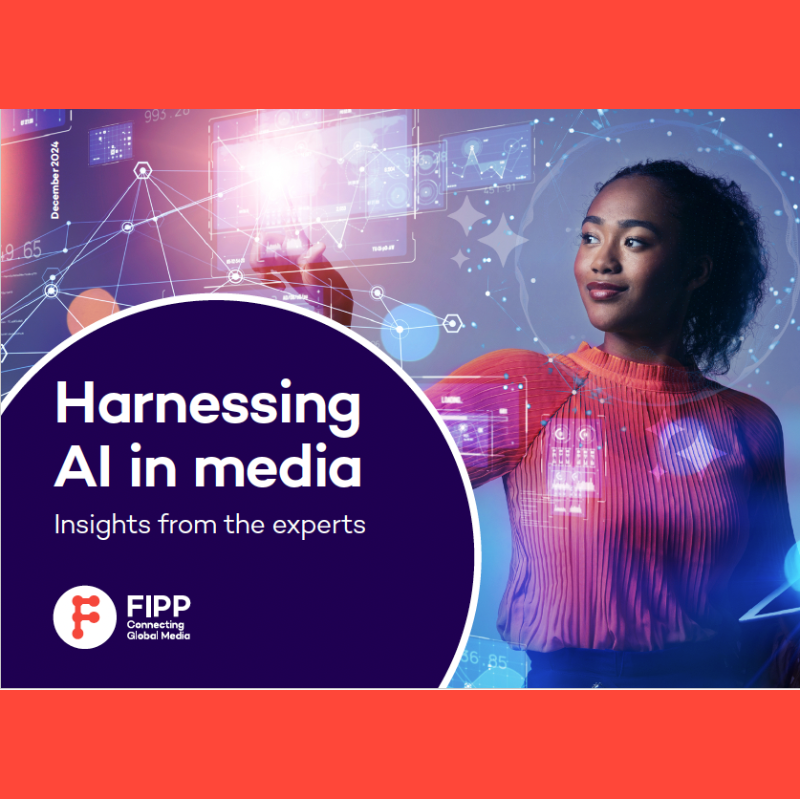Bring them joy: how publishers can make the most of the consumer evolution
With consumer behaviour evolving at a rapid rate, publishers need to think extremely carefully about what their brand means and how it delivers on that promise. That is the message from Douglas McCabe, CEO and Director of Publishing Tech at subscription research service Enders Analysis, at a time when media organisations are scrambling to keep up with the public and seamlessly deliver content across platforms – while monetising effectively through advertising, events, memberships and other ways.
“A structured focus on what media brands can distinctly or uniquely and usefully deliver will always win,” said McCabe, speaking at the recent PPA Festival in London where he unveiled the findings of an Enders insight report into key consumer trends shaping the future of publishing.
“There is only one single person that puts money into the media, creative and marketing ecosystem and that is actual members of the public. The rest of us are shuffling their money. So, my message (to publishers) is: Bring them joy. Lift their day. Help them and remember that no one can do that the way you can.
“Never lose sight of the lens that you want to create for your business, which is the promise of the brand and am I being useful enough? Because if you’ve got a brand promise and you are genuinely being useful, you will be valued. And it’s up to you to then think about what the kind of mechanisms and levers are available to you in terms of how you realise that value.”

Madrid, Spain, 21-23 October 2025
An unforgettable gathering that will shape the future of media.
A seismic shift
The huge shift in the fundamentals of consumer demand and the options available to suppliers over the last decade or so has destroyed every sector’s ability to continue in a linear fashion – to carry on doing what they were doing yesterday and assume it will work today and tomorrow.
“Formats have changed, discovery has changed, loyalty is no longer as reliable and predictable as it was,” said McCabe. “Trust and expectations have been turned on their head. Everything people knew about the world of entertainment, fun, content and media and marketing were slowly and then very, very suddenly completely wrong.
“A new paradigm has just kept getting bigger, more different and more complex. Supply and consumption are no longer related to the simple linear formula of the past.
“And these trends are nowhere near through. As one phenomenon slows down, a replacement is even more elaborate and complex. The sheer volume of content of personalisation and specialisation is near impossible to track.”
McCabe pointed out the difficulties media brands have competing with huge tech platforms. “Look where the investment and value flows are. YouTube advertising reaches the scale of ITV. OnlyFans creators are earning more than the mighty Disney+ budget on content.
“Then you have the changes algorithms, search techniques and the rise of AI solutions. What chance do brands and websites have getting noticed at all in this emerging universe? Are websites themselves starting to become irrelevant?”
The difference between behaviour and value
McCabe stressed, however, the importance of making a clear distinction between what people do and what they actually value. For instance, research shows more than half the users of Instagram – a key platform for media – would prefer it didn’t exist because of digital fatigue.
“What people do and what they value are not identical. Don’t fall into the trap of using your brand to build and reinforce marketplaces or platforms or position your brand as an experience limited by how the platform itself is valued.
“In the heyday of print, magazines were sometimes dismissed a little flippantly as a ‘pastime’. Premium publishing today is a top tier consumer and work life experience and it’s the platforms that are the pastime.
“Publishing provides useful, relevant experiences, reinforced by the community who consume it. Such distinction is much more correlated with a sense of online and offline happiness and fulfilment, and therefore value, than is commonly assumed. Contrary to popular belief, young people are much more likely to sign up and pay for a digital service that they value than it turns out my generation ever will.”

The rise of the specialists
According to McCabe the evolution in consumer behaviour has heralded in the “era of specialist suppliers”.
“This rapidly emerging, critical growth story for digital products has a real-life as well as digital manifestations of communities,” he said. “Generalists thrived because all these disruptive effects came along, but now is the era of specialist suppliers.
“In B2B, the use of data to enhance deep understanding of user needs is helping transform and leverage this entire industry once more as their combination of usefulness reinforced by a mixture of digital and real-life interaction is elegantly showing the way for consumer media. For instance, events are thriving.
McCabe added that through peer-to-peer techniques actually entering the community – being the community and of the community – the community expands the value of the product itself.
“There’s a lesson in there I think that is incredibly important for everyone. Truly optimal positions often sit at the nexus of industry with a distinctive B2B positioning, while also providing a clear, very describable consumer benefit.”
While much is made of the publishers competing head-on with influencers and native creators – who have none of the industrial media costs to bear – McCabe believes the implied disadvantage for media is a false negative.
“Creators usefully show the way for media and remind as that as AI content proliferate, human recommendation, human wisdom and human passion actually have greater cut-through than ever before,” he pointed out.
“They’re more important than ever before. Media brands might need to highlight some of their greatest personal talent rather than hide it or show it less. Personality is a definition of brand. Media’s industrial breadth and depth bring leverage and advantage rather than the opposite.”
A robot you can trust
McCabe pointed out that while AI is considered a welcome tool by the public, there has to be transparency around it.
“AI as an enabler is not rejected by the public – far from it. But watch trusts erode if AI is deployed but not acknowledged. And it’s not just its generative form that AI is critical for, there’s a much less glamorous machine learning layer that we all knew about and slightly forgotten about.
“The machine learning layer helps retailers, brands and media create personalised entry points and conversion funnels into their products. Our sense is some publishers perhaps underrate the superpower of AI.
“It’s hard, it’s painstaking, granular work, but applied intelligently, it is highly effective and a good way of creating unique position in the market. Just because we believe the centrality of websites will decline, this does not mean we think brands are retreating. Far from it. The opposite is true.”
McCabe added that media brands are becoming consumer and industry signposts for navigating the ever more elaborate digital world.
“The opportunities for publishers are increasing, not retreating,” he said. “It’s just that the underlying playbook is being completely rewritten. The AI era is as much of a media crossroads as the arrival of the Internet itself, not just because of AI itself, but because of all these various things coming to a head at the same time.”
McCabe warned that if publishers are to win the brand and product battles that the public will value, they need to shift from optimising functions, which can lead to relentless plate spinning, to optimising outcome.
“Product is the experience. It’s the brand manifestation. It’s not a format or a specific delivery or a distribution technique. It’s all of these things together. The 360-degree expression of the brand’s promise, its purpose, its utility, its value to the community.
“Product leadership needs the experience and the corporate permission to build a brand flywheel so that every interface, every touch point, output and internal resource activity is part of an integrated product experience – each element reinforcing and leveraging the others not acting in isolation.
“The challenge is that from the outside world looking in, the energy of plate spinning can look a little bit like a flywheel. The difference, of course, is about culture. The industry’s challenge and opportunity is to describe the talent required to build these products and make sure that talent is being attracted, retained and given the full permission and freedom and support for that talent to thrive.”
FIPP WORLD MEDIA CONGRESS
Madrid, Spain, 21-23 October 2025
Get ahead of the curve – in excellent company
TIME | The New York Times | Vogue | Arab News | WIRED | The Economist | Axel Springer | Condé Nast | Bauer Media | Mediahuis | Ringier | Hearst | A Media Operator | RocaNews | DC Thomson …and many more.
>> PRE AGENDA RATE ENDS 31st MAY – SAVE YOUR SEAT










